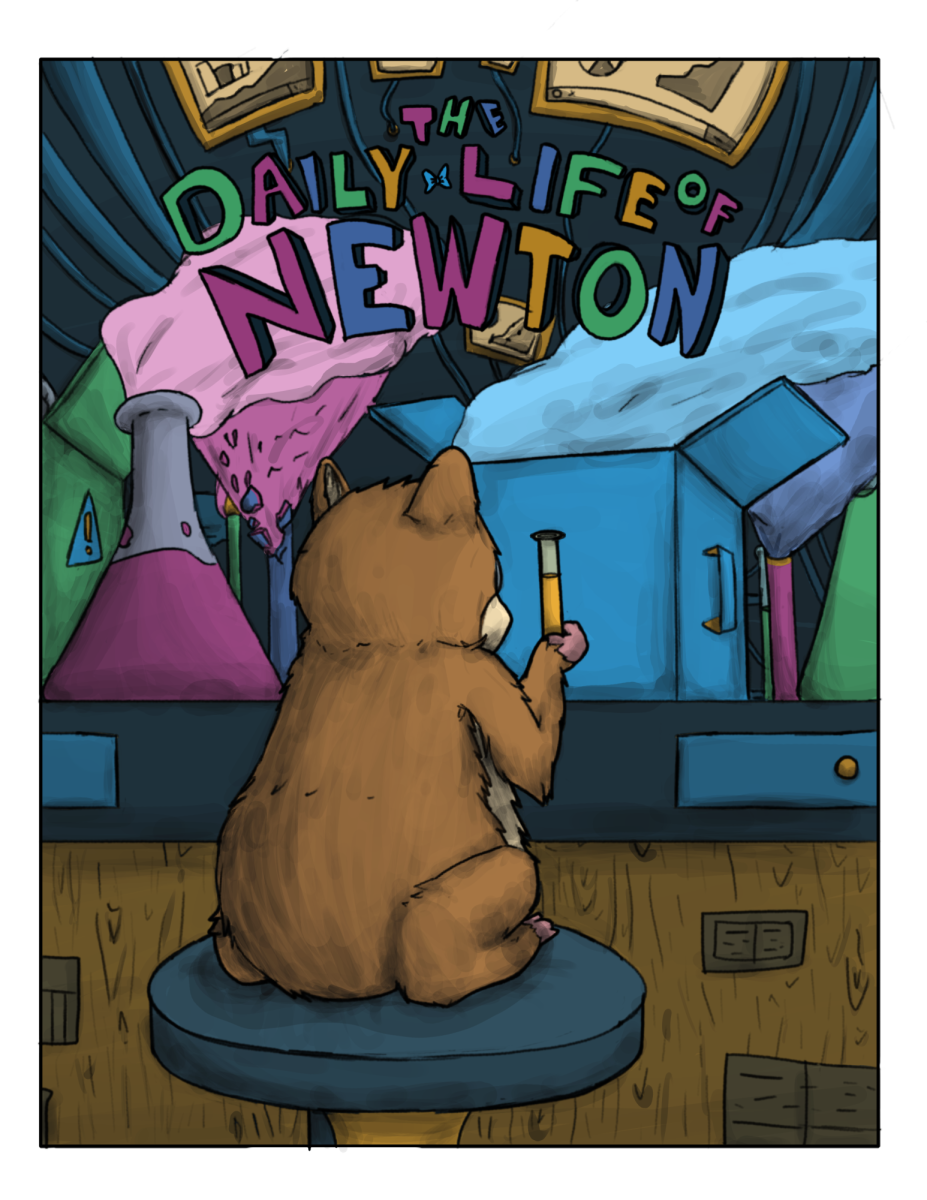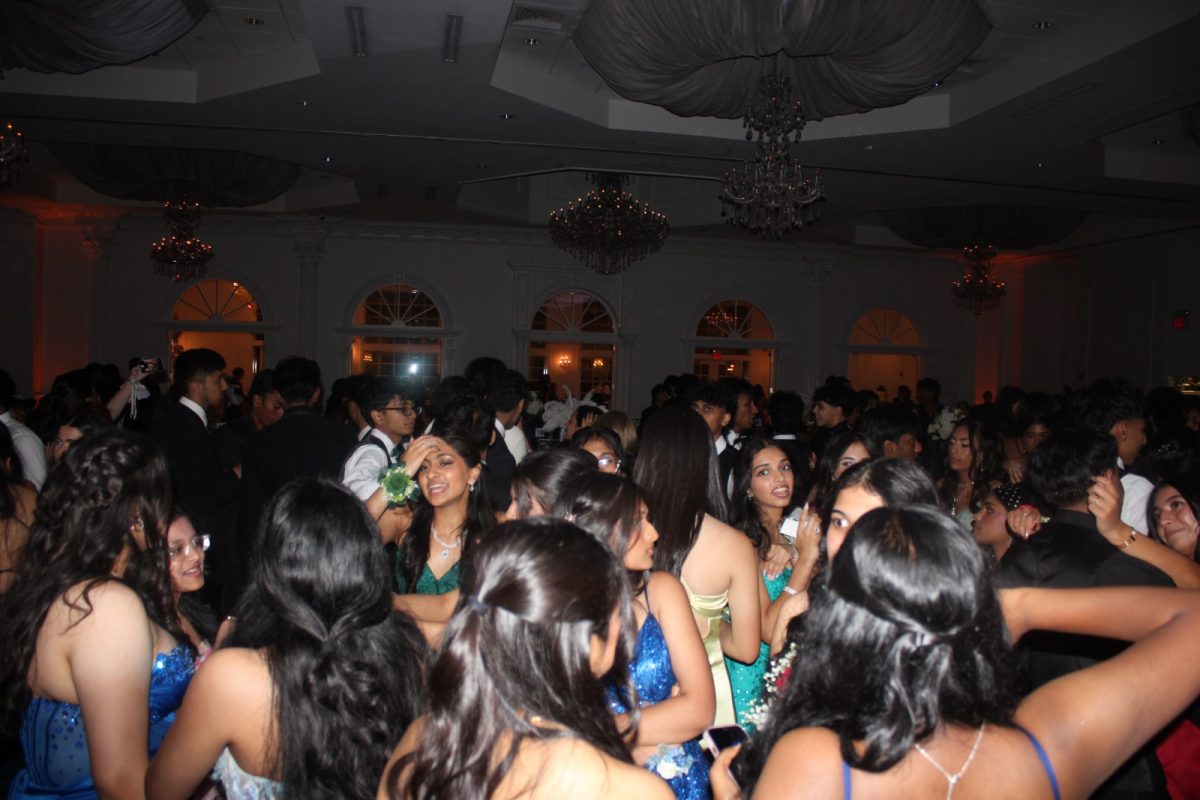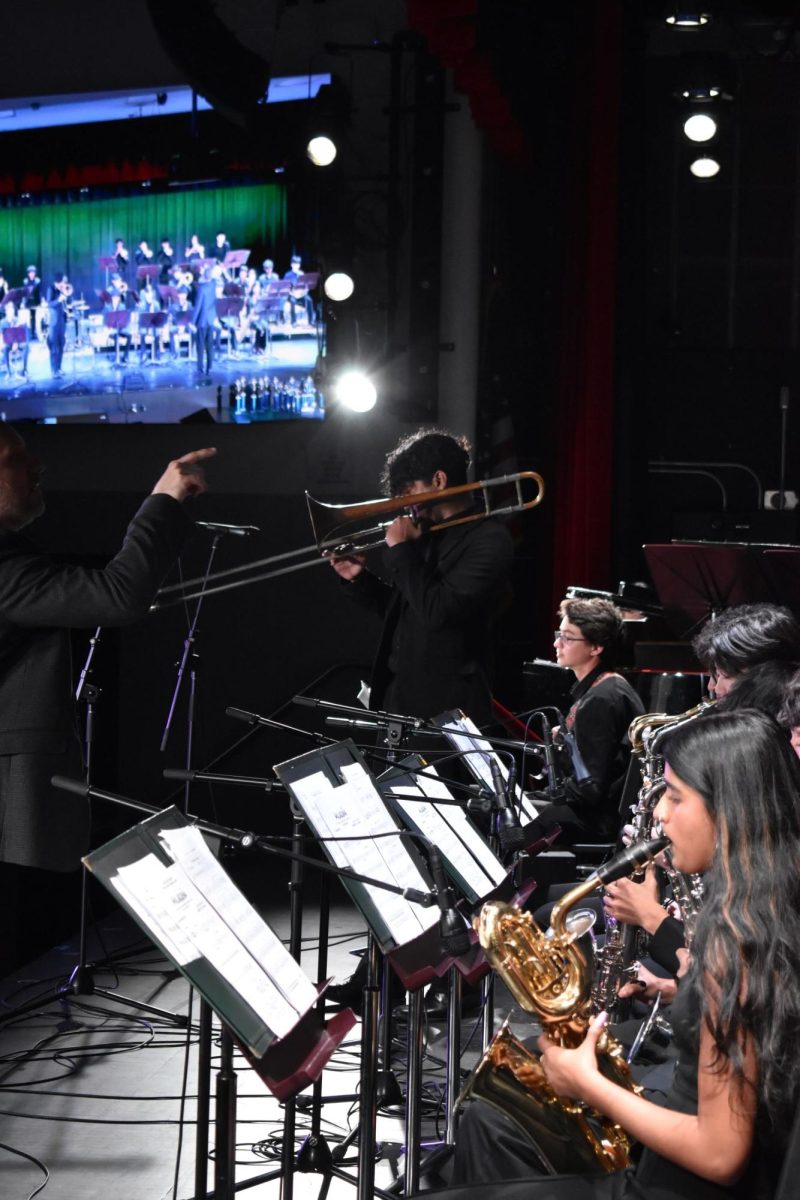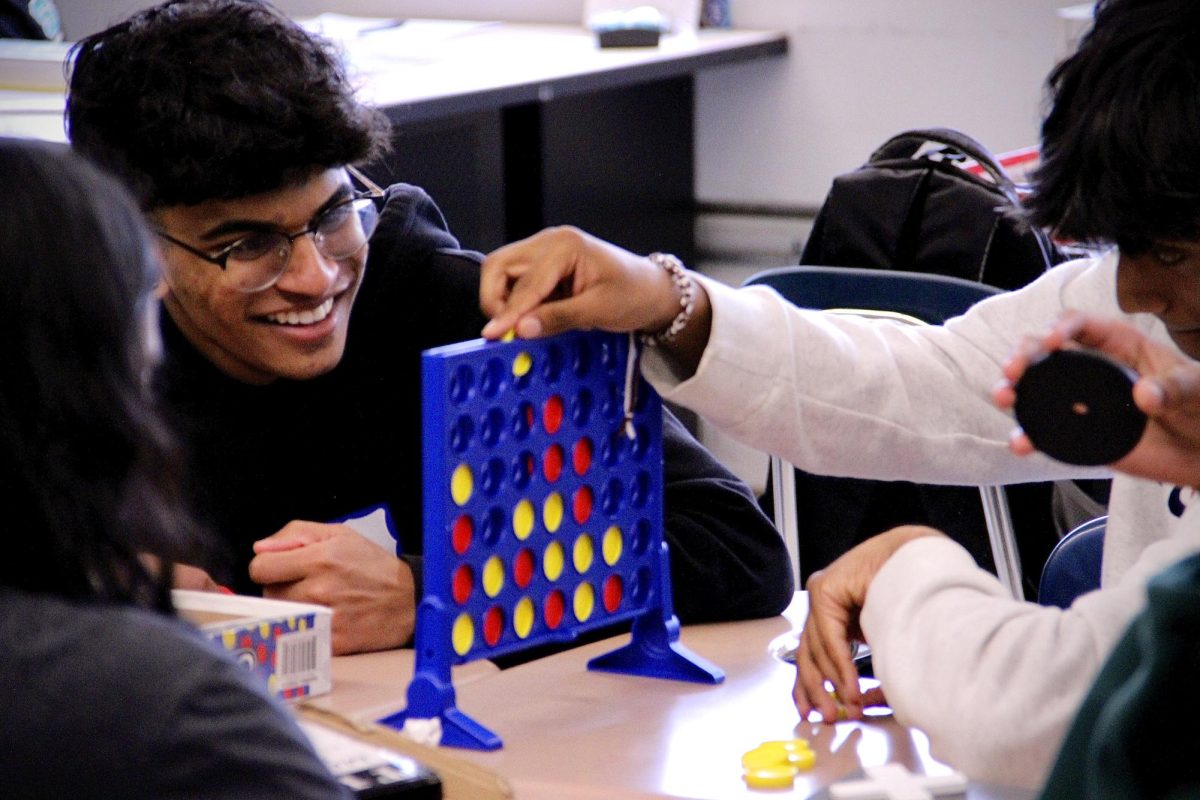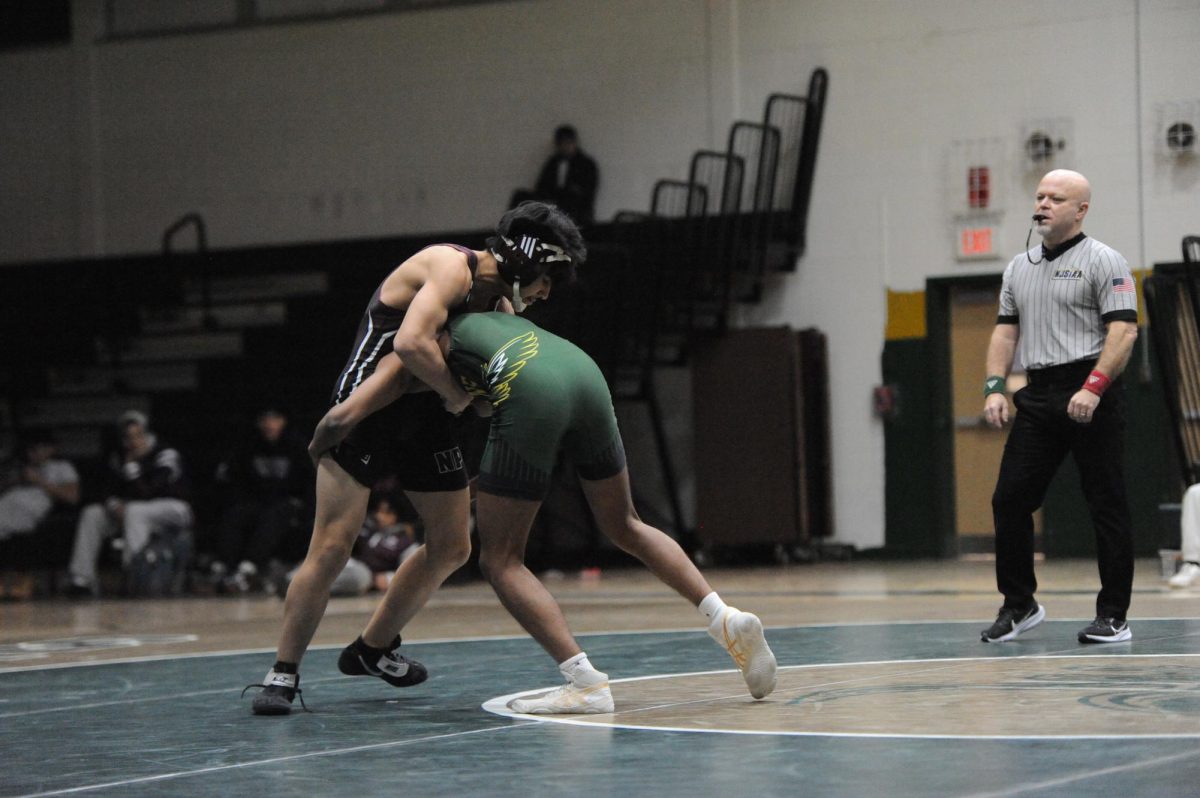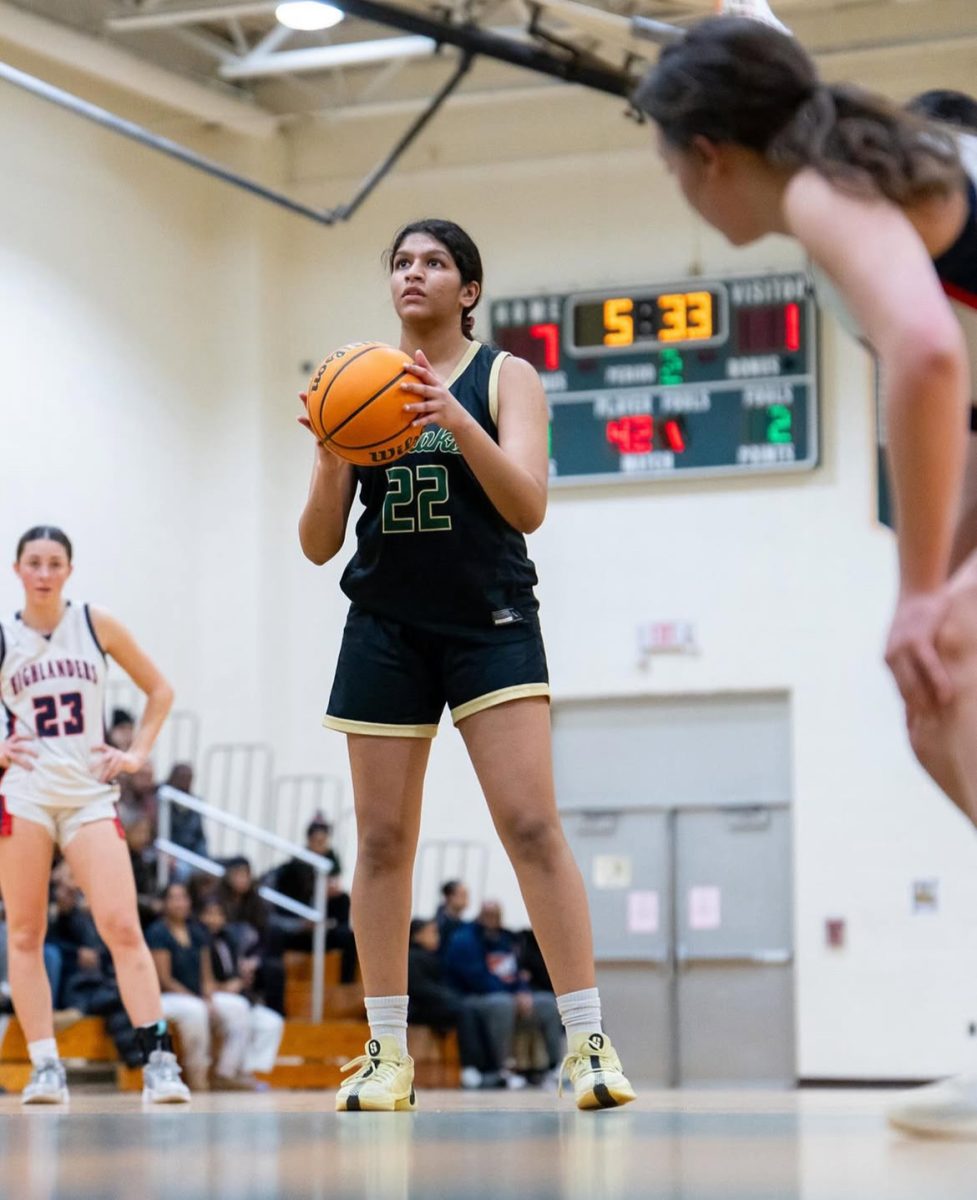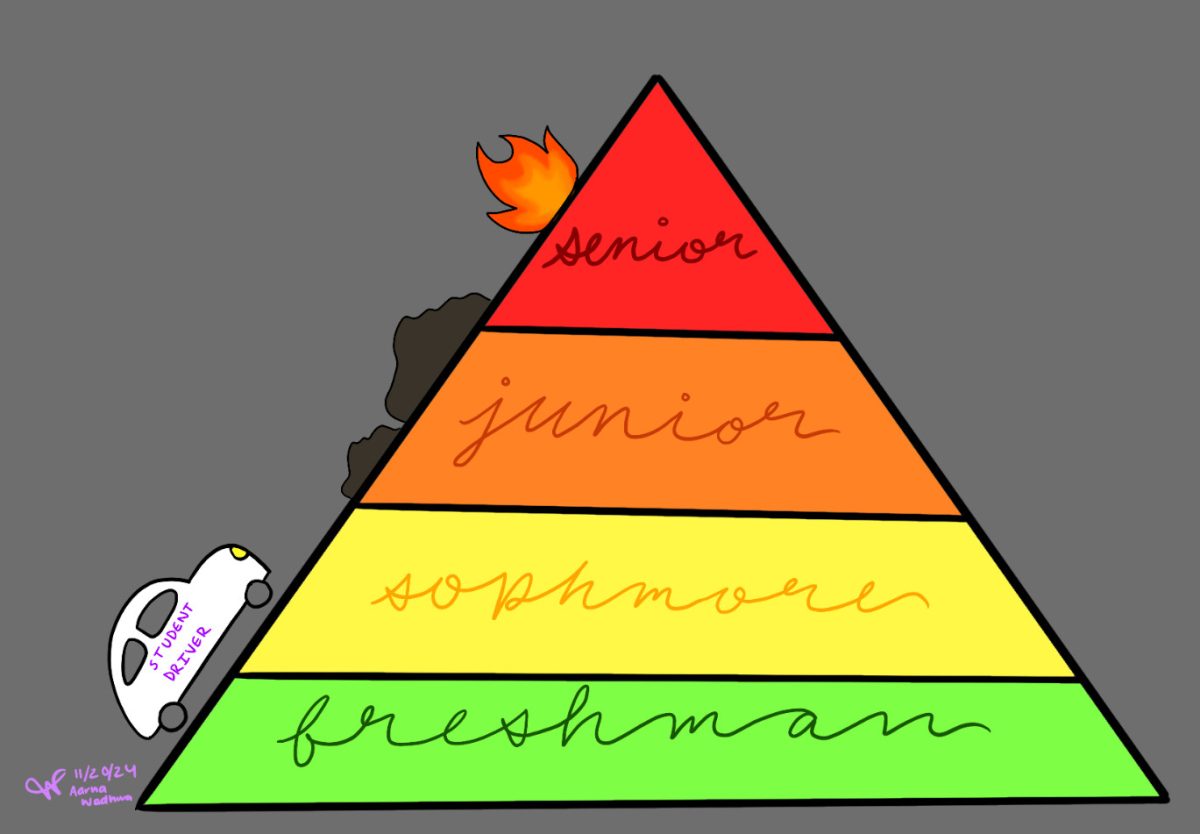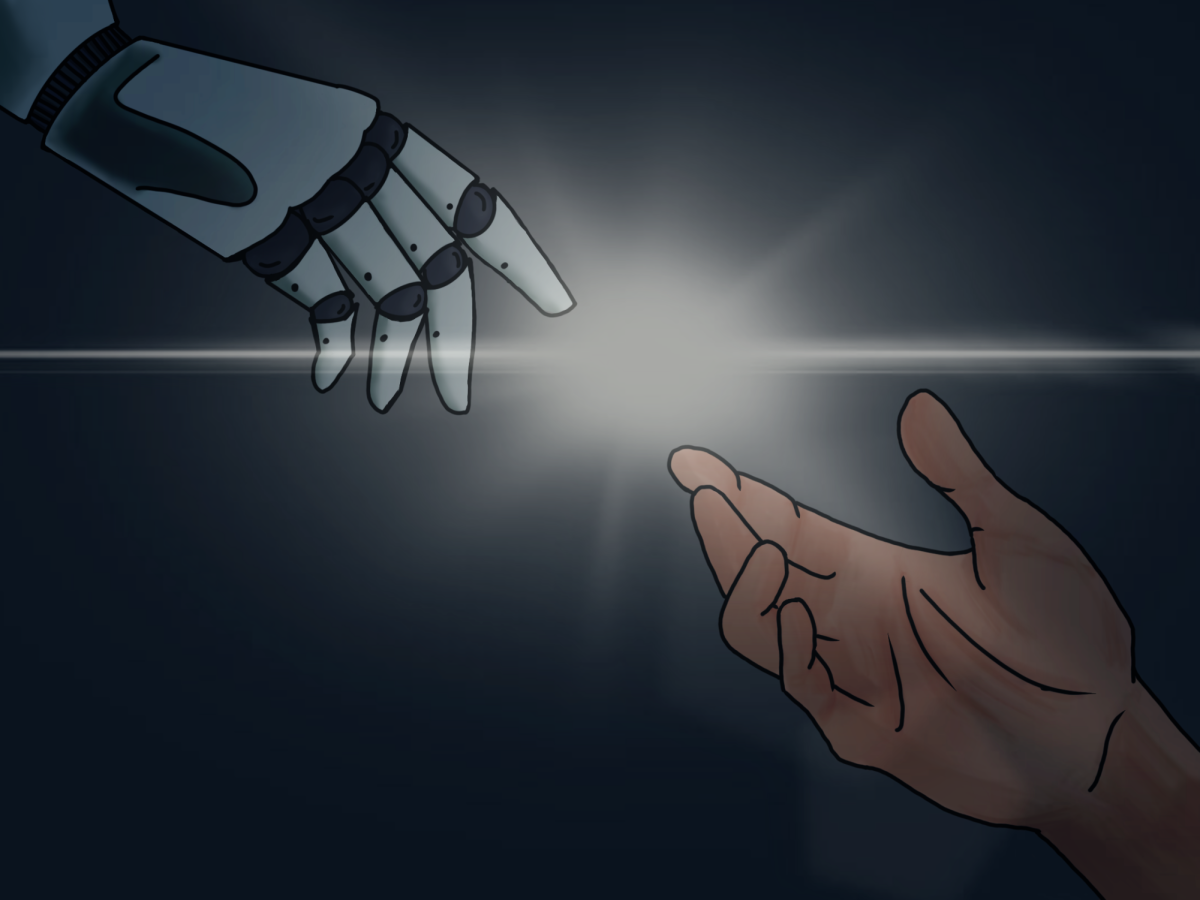From constantly nagging your parents to drive you to your friend’s house to scooping up the keys and stepping on the gas pedal yourself, the transition from 10th to 11th grade marks a significant social change. Those days of immaturity and carelessness have flown by us, and for most individuals, the first real sense of maturity begins in one’s junior year. This year not only marks the beginning of the tedious task of college searching but also serves as the first year where high schoolers enjoy the prevalent role of being upperclassmen. In addition, students tend to utilize junior year solely for bolstering one’s college application to ensure their footsteps cross those ivy-covered halls. Finally, the countless AP courses, grueling workload, and challenging exams individuals take are the final cherry on top to guarantee that students will receive a maximum of five hours of sleep. All these elements may seem exorbitant, but there are even bigger fish to fry. Yes, in addition to all the tasks covered, this three-letter abbreviation still remains a beast yet to be conquered, a quest that must be accomplished, a right of passage for most who plan on pursuing college, and that acronym is SAT. For most, the thirst for the 1600 that everyone longs for is either calmed or magnified during junior year. Moreover, the enormous amounts of studying that one must perform in order to achieve this goal is inconceivable. It is an understatement to say that junior year is just “another year”; it is a career on its own.
In 10th grade, I recall myself taking one AP test; this year, I somehow stumbled my way into five. This drastic change in workload may result in burnout, a common issue with high school students worldwide. Burnout is primarily caused by overworking and can lead to more severe issues such as anxiety or depression. Oftentimes, I have found myself feeling drained from working for hours on activities I don’t particularly appreciate. Not being able to incorporate time for the activities you love is a detriment to yourself, and to be honest, a person needs breaks. Therefore, it is important to form an inclusive schedule with enjoyable activities alongside the stressful workload of a junior. There is also a much simpler option, take less difficult courses. Ultimately, the choice is yours, but before you make it, think about the circumstances around this choice in order to help make the most efficient decision.
Extracurricular activities are equally as important—some may even argue more—as the courses that one takes. These activities go hand in hand with one’s GPA and help build a student’s college application. Extracurricular activities count as all the ongoing things one does outside their regular classes. These activities are seen as determining a student’s future. The reality, however, is they do not. Although extracurriculars do matter in guiding one’s career, these applications do not hold the power of “heaven and hell” in them. In the 10th grade, I recall extracurricular activities as myths whispered across the halls from time to time, but now, wherever I go, someone is talking about the upcoming “M.U.N. conference” or the next DECA meeting. That said, they do mark an important role and are a pivotal goal in building one’s high school career from one year to the next.
The final academic factor that marks the significance of this change is the almighty Scholastic Aptitude Test (SAT). The SAT is a standardized test widely used for college admissions in the United States split up into two sections: English and Math. The academic “grind” for this test typically occurs throughout the summer going into junior year but can linger into the school year adding onto the tremendous workload presented by the curriculum one encounters. This test is typically not a “one and done” test, as individuals may take it multiple times to secure a better score. Unfortunately, the downsides to studying for the SATs multiple times include the ever-lasting plague on high school students: burnout. Overtime, the importance of the SAT in college admissions has dropped, but it is still regarded as one of the most important factors of one’s acceptance into a certain college. When a randomly selected survey was sent out to juniors at JP asking, “what is the most important requirement that colleges look at,” 85% answered with SAT. The prevalence and importance of this test is indelible, but one must ask themselves: is it worth the toll it imposes?
Drifting away from the academic downsides of the transition from sophomore to junior year, the social change is very important. It is common knowledge that most high schools in the nation have an unspoken social hierarchy: starting at the bottom is the freshman, and it goes in order all the way til the seniors. One is probably thinking about the typical social standings discussed in APUSH, but it is important to note that in this prevalent pyramid, there is a weight placed on the junior class. Juniors hold the unique responsibility of transferring from the underclassmen to upperclassmen. This means they now serve as role models, along with the seniors, for the rest of the school to follow, continuing the culture and the tradition upheld throughout JP generations. Not only does the school deem them as responsible, but so does the state government, allowing for all 16 year olds, typically juniors, to acquire a driving permit after 6 hours of professional instruction; this builds onto the sentiment of the responsibility that juniors hold in society.
The junior year is one of triumph, success, and importance regarding one’s high school as well as college journey. It introduces unique aspects such as the ability to start up the ignition and take multiple AP courses. Not only is junior year the year to mentor the underclassmen, but it is also the year to hone one’s future and pave the way to success.










